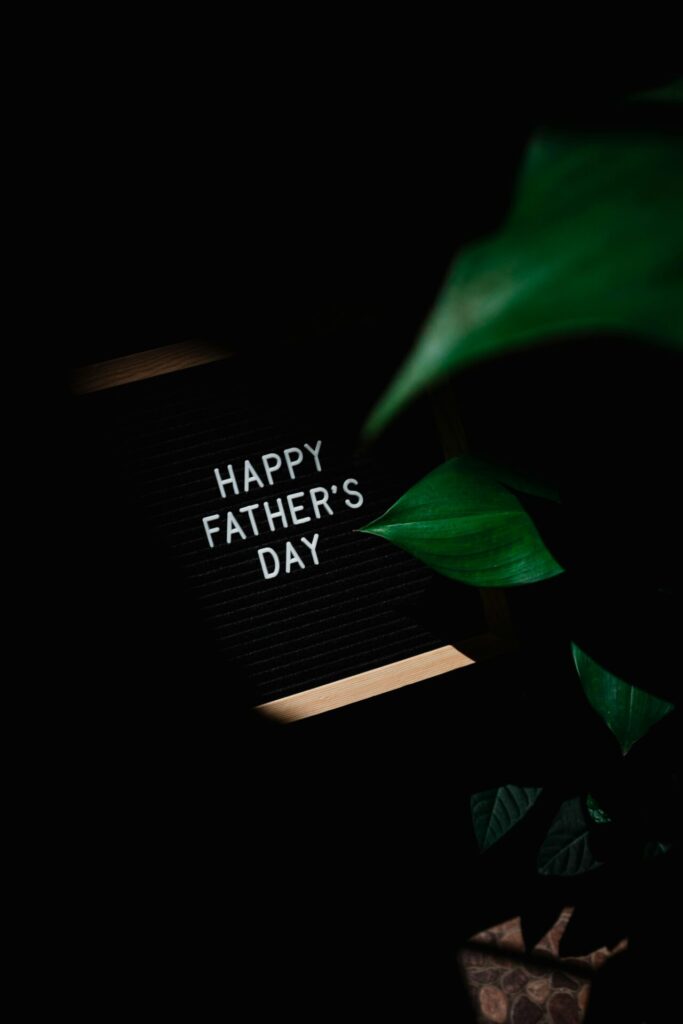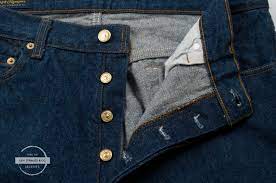Hostile Brands – Success Through Alienation

Hostile brands throw down a challenge. They dont market in the traditional sense; rather, they anti-market.
In the book Different: Escaping the Competitive Herd, Professor at Harvard University Youngme Moon claims that “companies that play hard to get” are hostile brands. Brands that are “aggressive” are the polar opposite of “feel good” brands because they force consumers to choose sides.
Even though the risks are clear, a surprising number of well-known businesses engage in at least some hostile marketing.
It’s not everyone’s cup of tea to hear about the Royal Enfield Bullet, what with its loud motorcycles and machismo.

In response to Nirma’s lower prices, Surf ran an ad campaign with the now-famous Lalithaji, who made fun of customers for not seeing the real value.
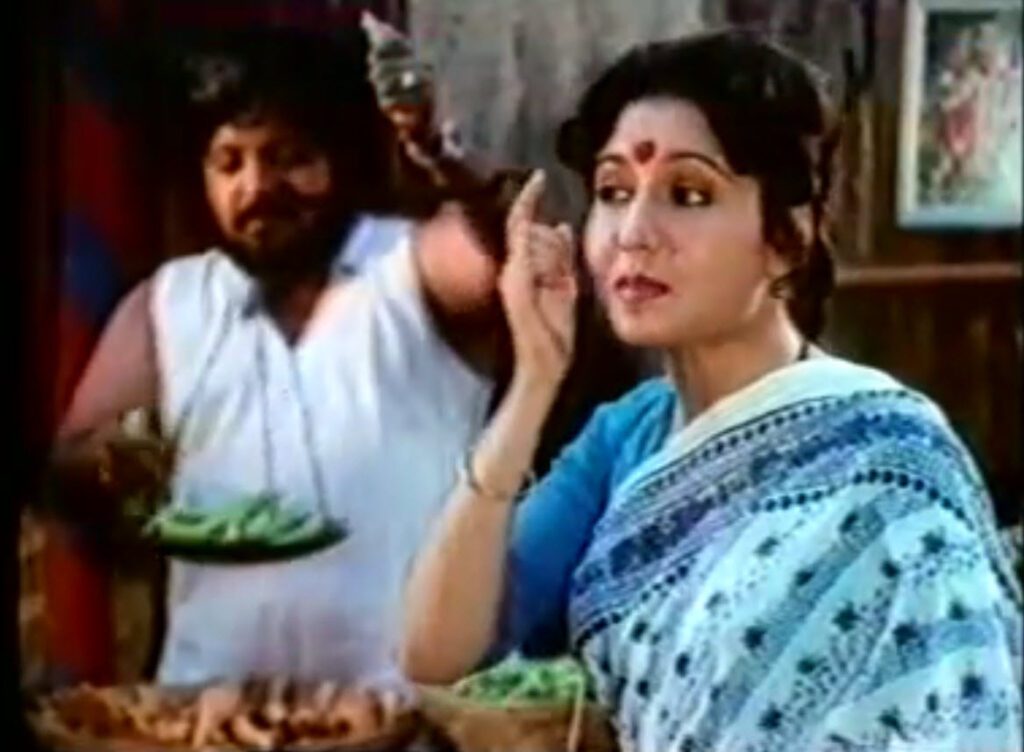
These companies aren’t afraid to admit their products’ flaws, are sneaky about getting them into customers’ hands, and often forego warm and fuzzy marketing in favour of messages that are just as likely to turn people off as they are to get them interested. No matter what they do, businesses that don’t want customers to buy from them put obstacles in their way. This could be seen as a test of their loyalty.
At least three explanations have been advanced for the success of hostile marketing.
- There is a “cult-like” following for hostile brands.
Douglas Atkin, author of The Culting of Brands: When Consumers Become True Believers, says that companies with loyal customer bases that promote the brand and identify with its ideals have many of the same traits as cults. Cult members take pride in their uniqueness and the fact that not everyone shares their beliefs or can join. Not-for-everyone brands make their customers feel unique and special. It’s possible to doubt the legitimacy of a brand’s existence if it enjoys mass popularity. When they were at the height of their popularity, Diesel and Benetton were almost cults, thanks in large part to their aggressive marketing campaigns.
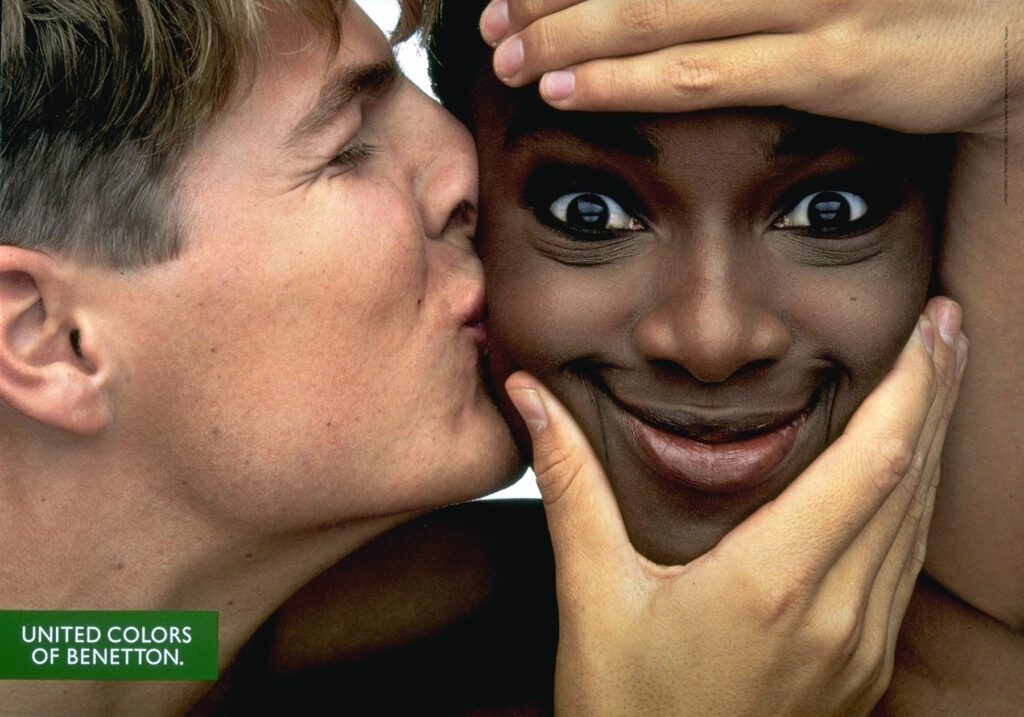
- The hostile brands know that sometimes little is more.
Brands are getting more and more pressure to offer more and more value, which has made it so that consumers have to pay more for features. Features are removed from hostile brands. Apple’s decision to make its next generation of smartphones without a headphone jack was met with astonishment and disbelief, but the company’s minimalist approach has won over a legion of fans.
- Consumers have a better experience with hostile brands.
Several authors have talked about how, in the social media world of today, marketing to Millennials, who are wary of fake news, requires a focus on authenticity. When a brand does something, not for financial gain but because it’s in line with its values, consumers respond positively. Carrefour’s “Black Supermarket” Some consumers who are inconvenienced may see this as aggressive, even though Carrefour is not a hostile brand. Suppliers and the government both have concerns about the move. Even so, the decision bolsters the brand’s image by suggesting Carrefour is reluctant to sacrifice its beliefs and supports the rights of the small farmer.
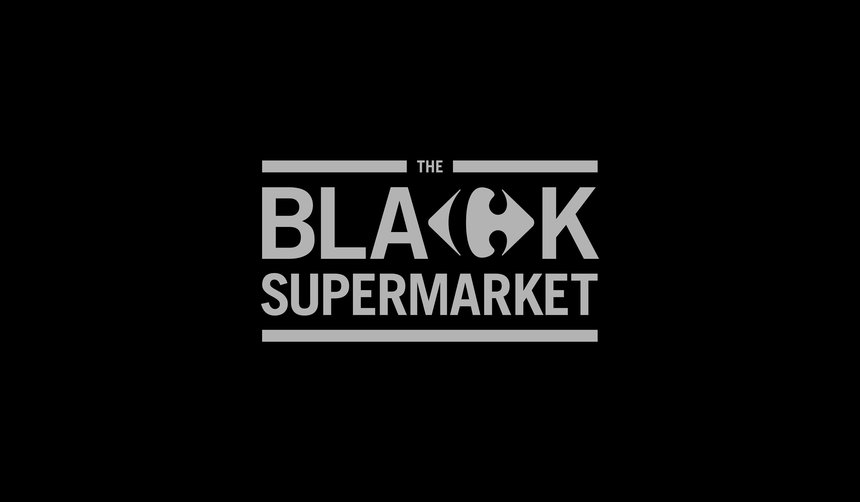
Is your brand ready?
As we’ve seen, hostile marketing is one way to set yourself apart and may do wonders for igniting fanaticism. However, it is not a strategy for the inexperienced.
Businesses show that polarization may be successfully managed provided you have a deep familiarity with your target demographic, a firm grasp of your brand’s basic values, distinctiveness and the fortitude to ignore the opinions of those who find your product repulsive.
Reference
https://cxl.com/blog/differentiation-strategy/


